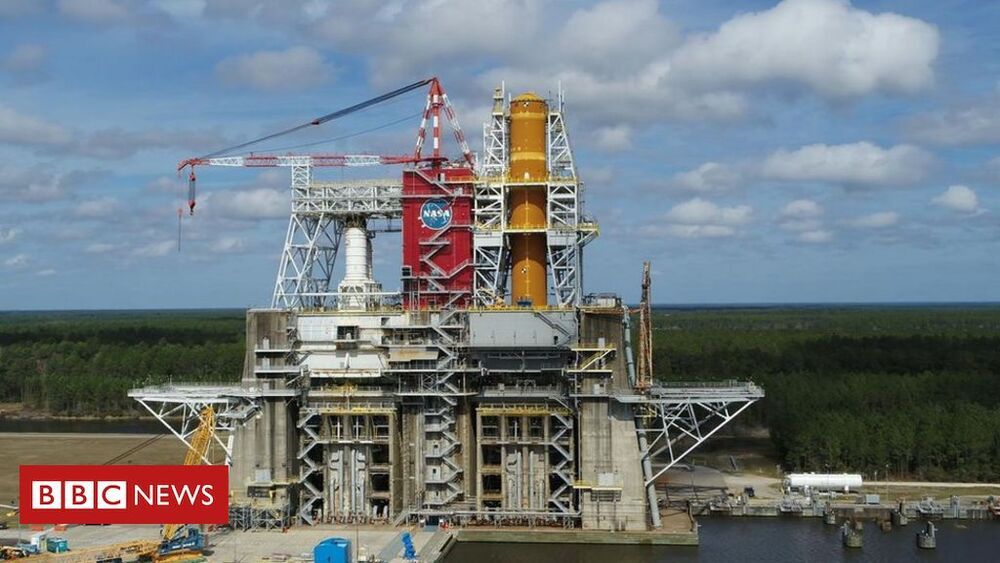A long-gone dwarf planet-sized object likely produced unusual crystals that crashed into Earth.
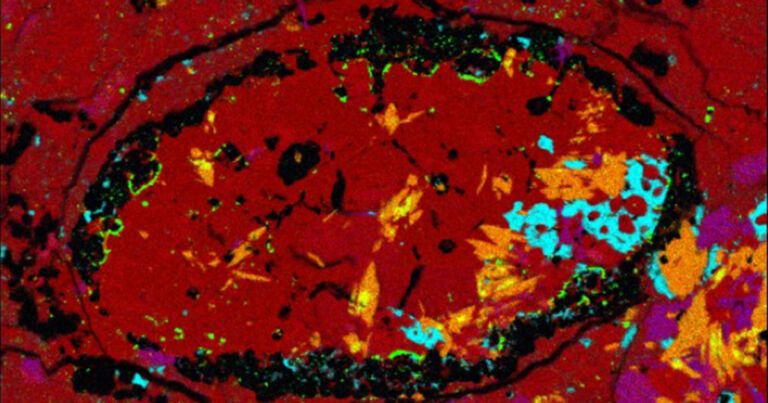

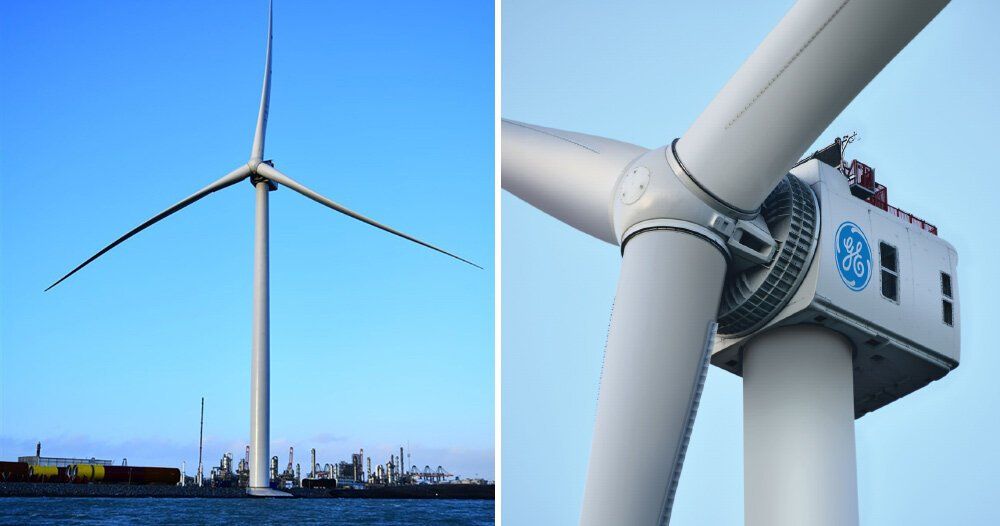
over the past few years, general electric (GE) has been developing the ‘haliade-X’ — the world’s most powerful offshore wind turbine. GE says that just one rotation of the turbine, which stands at a total height of 260 meters (853 ft), could power a UK household for more than two days. the haliade-X features a 13 MW or 12 MW capacity, 220-meter (722 ft) rotor, a 107-meter (351 ft) blade, and digital capabilities that help customers perform remote diagnostics, improve time management (less time at sea), and optimize operations.

On the electromagnetic spectrum, terahertz light is located between infrared radiation and microwaves. It holds enormous potential for tomorrow’s technologies: Among other things, it might succeed 5G by enabling extremely fast mobile communications connections and wireless networks. The bottleneck in the transition from gigahertz to terahertz frequencies has been caused by insufficiently efficient sources and converters. A German-Spanish research team with the participation of the Helmholtz-Zentrum Dresden-Rossendorf (HZDR) has now developed a material system to generate terahertz pulses much more effectively than before. It is based on graphene, i.e., a super-thin carbon sheet, coated with a metallic lamellar structure. The research group presented its results in the journal ACS Nano.
Some time ago, a team of experts working on the HZDR accelerator ELBE were able to show that graphene can act as a frequency multiplier: When the two-dimensional carbon is irradiated with light pulses in the low terahertz frequency range, these are converted to higher frequencies. Until now, the problem has been that extremely strong input signals, which in turn could only be produced by a full-scale particle accelerator, were required to generate such terahertz pulses efficiently.“This is obviously impractical for future technical applications,” explains the study’s primary author Jan-Christoph Deinert of the Institute of Radiation Physics at HZDR. “So, we looked for a material system that also works with a much less violent input, i.e., with lower field strengths.”
For this purpose, HZDR scientists, together with colleagues from the Catalan Institute of Nanoscience and Nanotechnology (ICN2), the Institute of Photonic Sciences (ICFO), the University of Bielefeld, TU Berlin and the Mainz-based Max Planck Institute for Polymer Research, came up with a new idea: the frequency conversion could be enhanced enormously by coating the graphene with tiny gold lamellae, which possess a fascinating property: “They act like antennas that significantly amplify the incoming terahertz radiation in graphene,” explains project coordinator Klaas-Jan Tielrooij from ICN2. “As a result, we get very strong fields where the graphene is exposed between the lamellae. This allows us to generate terahertz pulses very efficiently.”
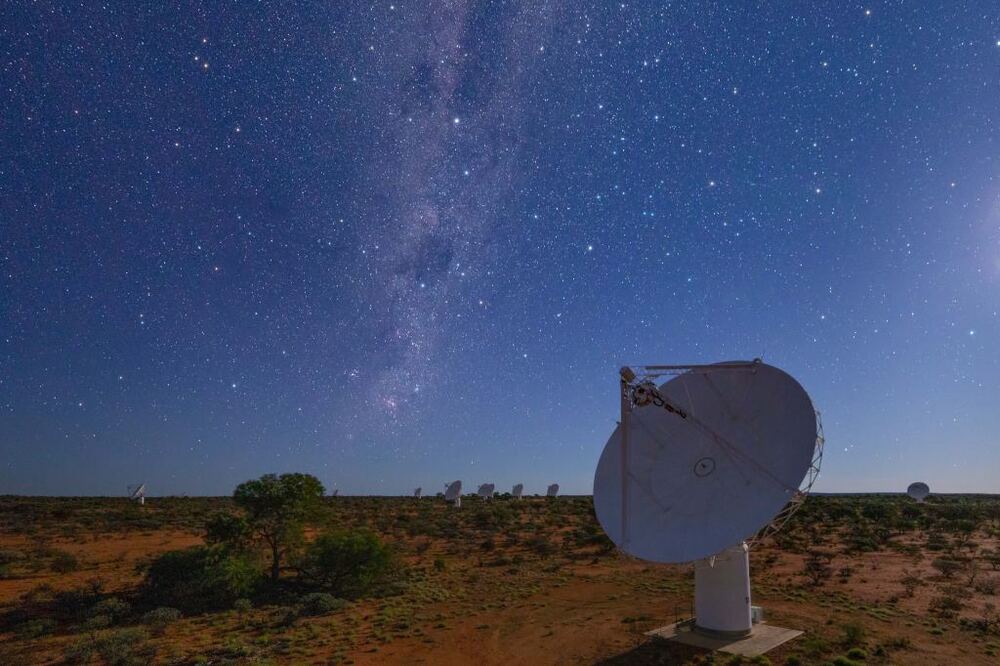
CSIRO has made a detailed radio survey of the southern hemisphere, and discovered a million new galaxies.
Although radio astronomy has been around since the 1930s, it is only in recent years that astronomers have been able to make high-resolution maps of the radio sky. Sky maps are difficult for radio telescopes because radio antennas need to be focused on an extremely small patch of sky to capture images in high resolution. But with modern antennas and computer processing, we can now scan the sky quickly enough to map the heavens in a reasonable amount of time.
In the northern hemisphere, the most detailed radio sky maps have been done by the Very Large Array (VLA). In the 1990s the VLA made the first full-sky surveys of the northern sky. After its upgrade in the 2000s, the observatory began the VLA Sky Survey (VLASS), which has mapped nearly 10 million radio sources.
The location of the VLA lets it observe about 80% of the sky, but it cannot see the southern sky very well. For that, you’d need a radio observatory in the southern hemisphere. Fortunately, there is now a powerful radio telescope array in Australia, and it has recently made a detailed radio map.


Interesting…
A 982 megahertz signal dubbed BLC1 (Breakthrough Listen 1) came from the star, as spotted by the Parkes telescope in Australia in April and May 2019. Most tantalizingly, the relatively nearby star system contains a planet dubbed Proxima b, which is about 20 percent larger than Earth and located in the system’s habitable zone, the area where it’s theoretically possible for life to sustain itself.
The news also met with a healthy dose of skepticism. In a statement released today, the SETI Institute commented on the controversial report. The main takeaway: Breakthrough Listen’s discovery is a candidate, not a confirmed signal.
“Because of its profile, it’s very unlikely that the signal was produced by a natural but unknown cosmic source, but who knows… Nature often surprises us,” reads the statement, penned by SETI Institute senior planetary astronomer Franck Marchis.
New military goggles give soldiers a unique way to see the battlefield.
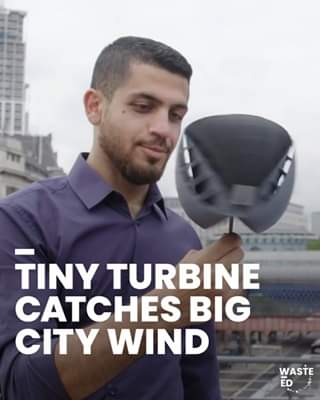

When it comes to the semiconductor industry, silicon has reigned as king in the electronics field, but it is coming to the end of its physical limits.
To more effectively power the electrical grid, locomotives and even electric cars, Lawrence Livermore National Laboratory (LLNL) scientists are turning to diamond as an ultra-wide bandgap semiconductor.
Diamond has been shown to have superior carrier mobility, break down electric field and thermal conductivity, the most important properties to power electronic devices. It became especially desirable after the development of a chemical vapor deposition (CVD) process for growth of high-quality single crystals.
